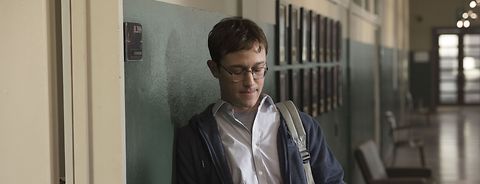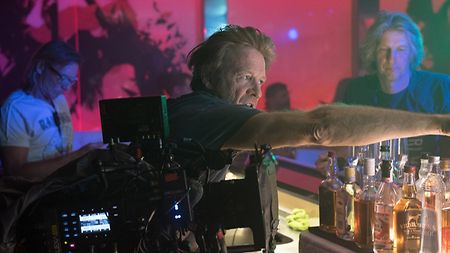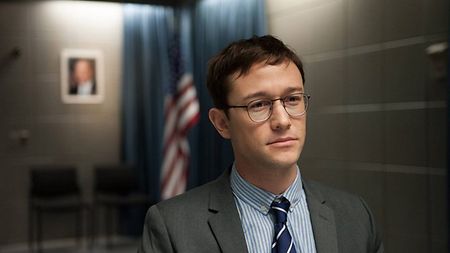For director Oliver Stone’s first digital movie, a political thriller about the US whistle-blower Edward Snowden, cinematographer Anthony Dod Mantle ASC, BSC, DFF worked with ALEXA XT, ALEXA 65 and ALEXA Mini. ARRI Rental provided camera and lighting gear, while ARRI Media handled dailies and other on-set services. Here, Dod Mantle details how he made use of the ALEXA 65 system.
How did you want to use the ALEXA 65 on this film?
For a film about the visible and invisible worlds, I thought about the whole idea of the size of the sensor and how we use imaging, and what resolution means about truth and the depiction of reality. From an early stage I didn’t think of the ALEXA 65 as a camera to capture plates or massive vistas. I actually thought about exploring a face on this massive sensor, or seeing what happens when you start to journey into the picture through digital zooming.
What kinds of shots did you do in pursuit of this idea?
There’s a great deal of surveillance that goes on in the film and sometimes it’s about what the cameras on the lids of computers can do, and how certain programs watch people when they don’t even know. So I started to explore the possibility of traveling farther and farther towards a computer and then into the eye itself. There’s a shot I really adore that is based on this idea and was inspired by the big sensor, though we did it on both the ALEXA 65 and an Open Gate XT Studio to try different lens options. It was achieved thanks to the patient work of my 1st AC Telfer Barnes and gaffer Thomas Nievelt.
I wanted shots like these to be slightly abrasive and violent. Another one was a kind of time slice for a moment when the character sees something and has a revelation. I wanted to travel around him, but again I didn’t want it to be a refined, smooth move. With the support of Manfred Jahn at ARRI Rental I locked three ALEXA 65 cameras at about a 270-degree angle, just overlapping. In the After Effects suite I chipped them together and you have this strange, disturbing journey around a face.



